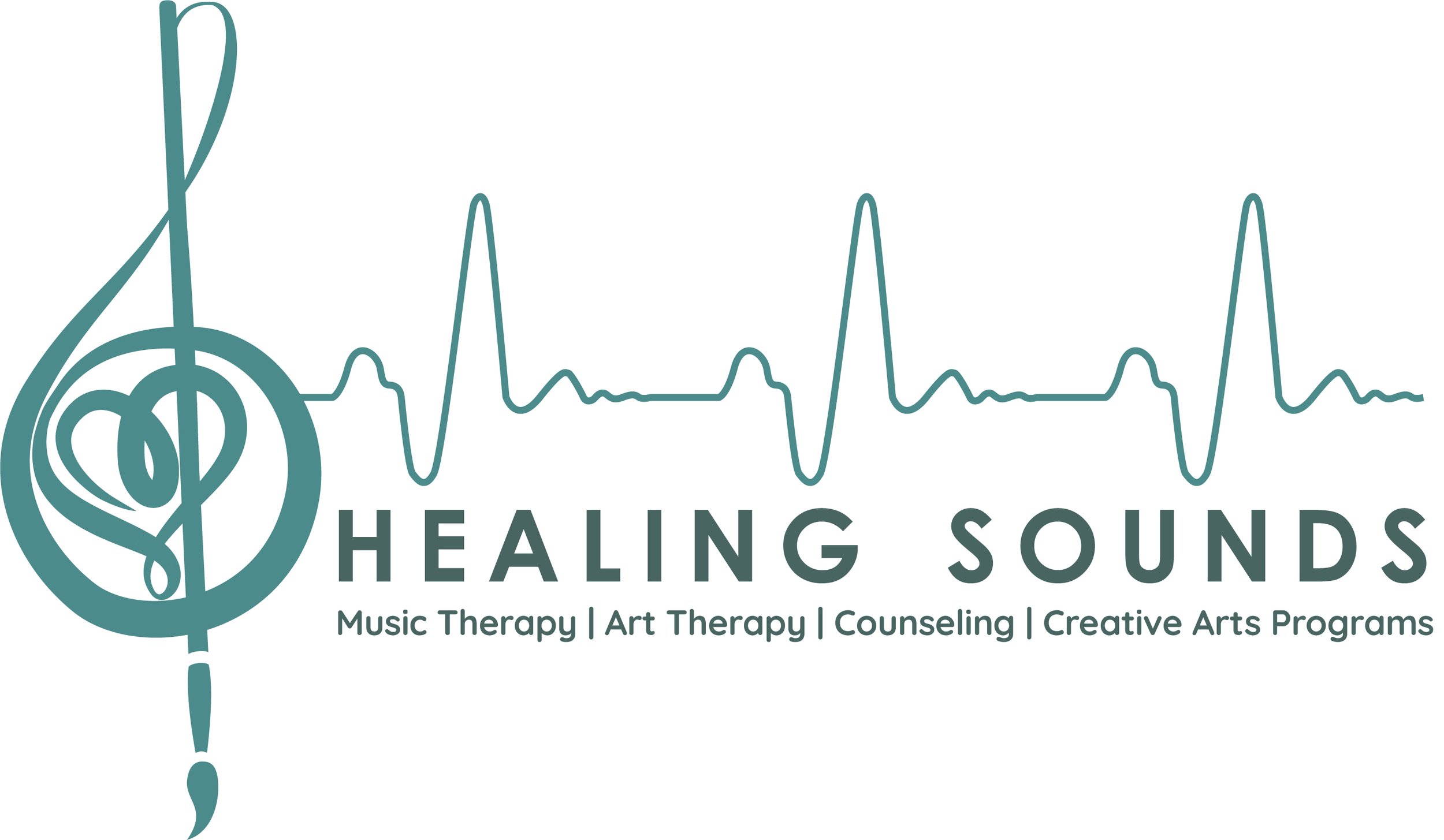Incorporating Art and Music into Play Therapy
Play therapy can be a powerful tool to help children express themselves, process emotions, and navigate through challenging experiences. Central to play therapy is the concept that children communicate their inner world through play. Integrating art and music into play therapy sessions enhances this process, offering clients alternative avenues for self-expression and healing.
Art therapy involves using various art materials and techniques, such as drawing, painting, sculpting, and collage, to facilitate communication and exploration. For children who may struggle to verbalize their emotions or experiences, art provides a nonverbal means of expression. Similarly, music therapy harnesses the therapeutic power of music to address emotional, cognitive, and social needs. Whether through listening to music, playing instruments, or engaging in songwriting, music therapy offers children a unique way to connect with and process their emotions.
Now, let's talk about how we weave art and music into play therapy sessions. It's all about getting creative and meeting each child where they're at. Sometimes, we'll bust out the paintbrushes and encourage them to create whatever comes to mind. Other times, we might jam out on some instruments together or write a song about their feelings. Incorporating art and music into play therapy sessions can take various forms, depending on the individual needs and preferences of the child. Here are some examples of ways art and music can be integrated into play therapy:
Visual Journaling: Encouraging children to keep a visual journal where they can freely express themselves through drawing, painting, or collage. This provides a safe space for them to explore their thoughts and emotions independently between therapy sessions.
Expressive Arts Activities: Incorporating structured art or music activities into therapy sessions, such as creating a feelings collage or composing a song about their experiences. These activities offer children a creative outlet for processing their emotions in a supportive environment.
Symbolic Play: Using art materials or musical instruments during symbolic play to help children externalize and explore their inner world. For example, a child may use clay to sculpt their feelings or use musical instruments to create a soundtrack for their emotions.
Therapeutic Storytelling: Integrating art and music into storytelling activities to help children make sense of their experiences and develop coping skills. Creating visual narratives or using music to enhance storytelling can facilitate emotional expression and promote insight.
Relaxation and Mindfulness: Utilizing art and music as tools for relaxation and mindfulness practices. Activities such as guided imagery accompanied by soothing music or creating mandalas can help children relax, reduce anxiety, and increase self-awareness.
Art and music are powerful tools that play therapists can use to enhance the therapeutic process and support children in their journey towards healing and self-discovery. In the end, it's all about tapping into the incredible resilience and creativity that lies within each child. When play is combined with art and music, there's no limit to where that journey can take us!


